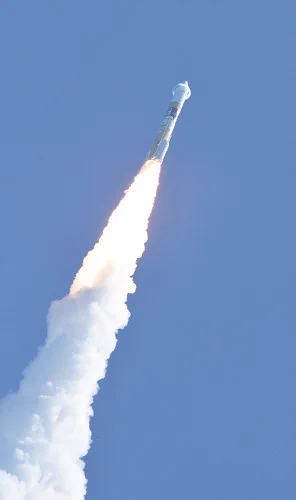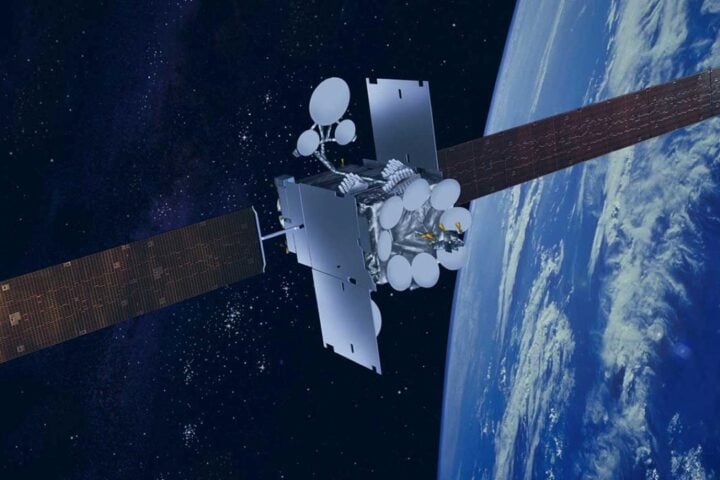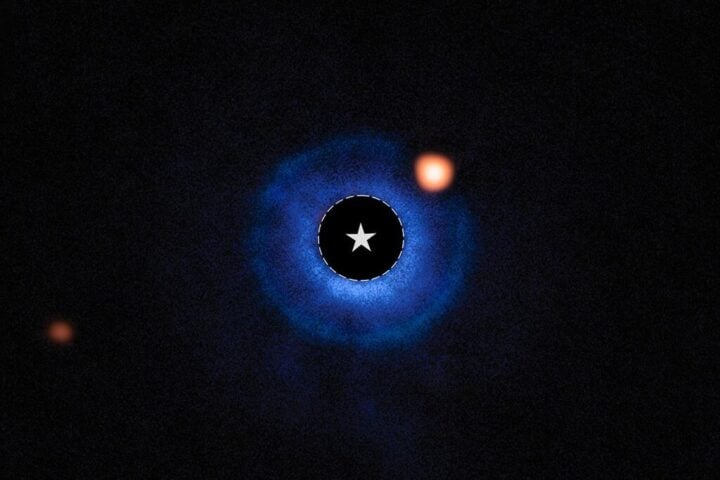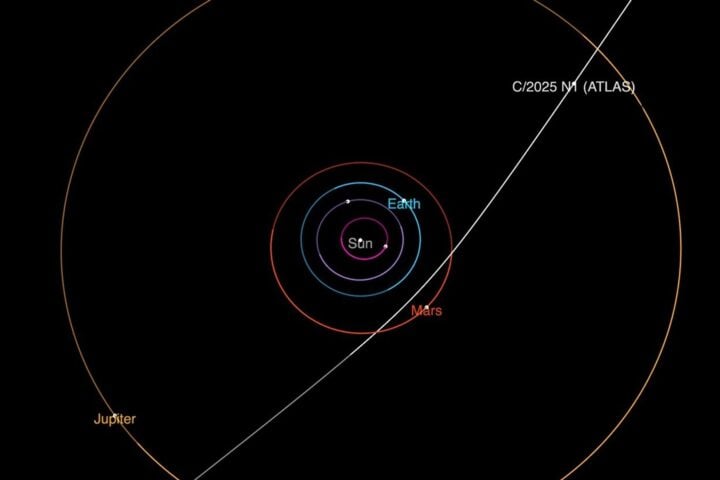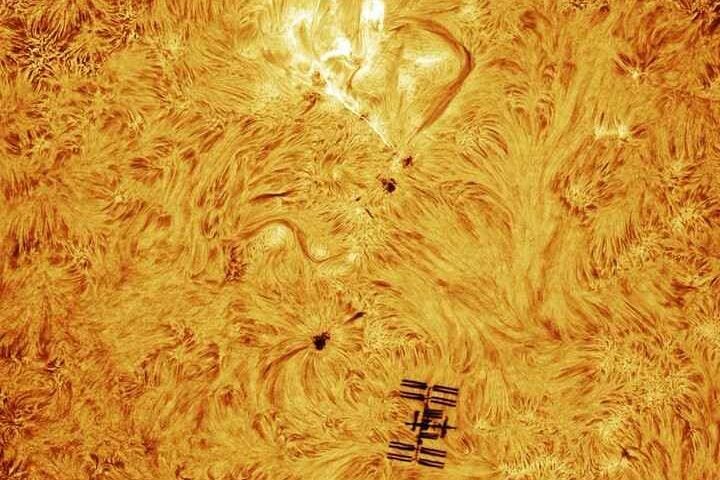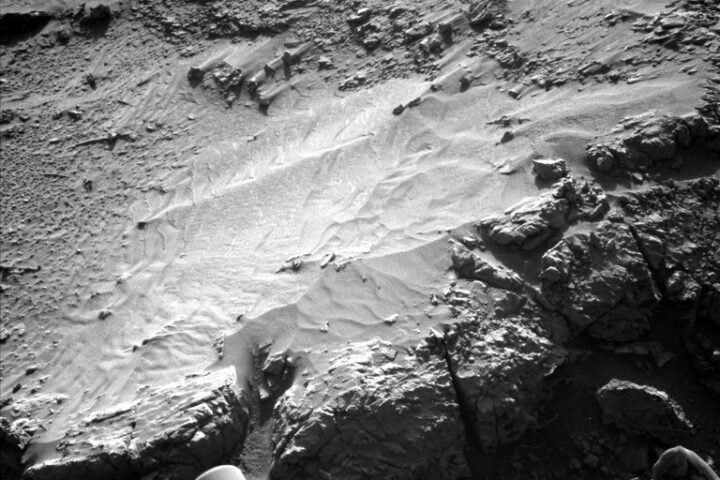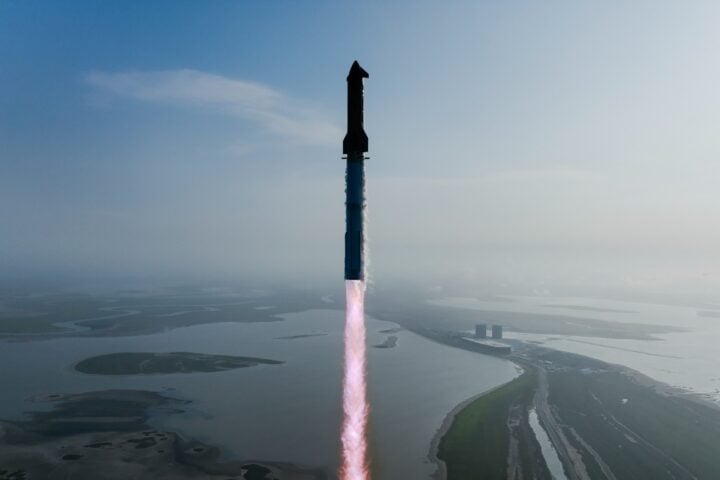Japan’s Moon-lander mission, SLIM, successfully launched after multiple weather-related delays. With SLIM’s landing, Japan aims to become the fifth nation to touch down on the Moon. The Smart Lander for Investigating Moon (SLIM) is charting a unique, extended trajectory to the lunar surface. SLIM’s landing is anticipated in a window of four to six months. If SLIM achieves its mission, it will be recognized as the lightest and most compact spacecraft to land on the Moon.
The Indian Space Research Organisation (ISRO) congratulated JAXA on this significant launch. Alongside SLIM, the H-IIA rocket also transported the X-Ray Imaging and Spectroscopy Mission (XRISM) satellite. Just 14 minutes post-launch, XRISM separated from the rocket and settled into its designated orbit. XRISM’s primary mission is to study the hot gas plasma wind traversing galaxies, shedding light on the mass-energy flows and evolution of celestial entities.
47 minutes into the flight, SLIM separated from the rocket, initiating its Earth-orbit phase, reminiscent of the early stages of Chandrayaan-3. This marks JAXA’s inaugural attempt at a Moon landing, following a failed attempt by a Japanese private firm earlier this year. Weighing a mere 200 kg, SLIM is significantly lighter compared to the Chandrayaan-3 lander module, which weighed around 1,750 kg.
SLIM’s primary mission is to showcase precision landing capabilities, targeting a landing within 100 meters of its chosen site. The mission underscores the possibility of lunar landings based on preference rather than convenience. JAXA emphasizes the importance of “pinpoint” landing technology, especially for ensuring proximity to scientifically significant lunar sites. SLIM’s designated landing zone is near the Shioli crater, situated in the Moon’s equatorial region. The surrounding terrain of the landing site, with slopes of about 15 degrees, poses challenges, making the landing technique crucial.
Similar Posts
The launch took place at the Tanegashima Space Center in southern Japan. Dubbed the “moon sniper”, SLIM’s ambitious goal is to land within 100 meters of its lunar target. JAXA President Hiroshi Yamakawa highlighted the mission’s objective of achieving high-accuracy landings on the Moon. Signals from SLIM post-launch indicated its normal operational status.
Recent lunar endeavors saw India becoming the fourth country to achieve a successful Moon landing with its Chandrayaan-3 mission. However, Russia’s Luna-25 faced challenges, crashing during its lunar approach. Japan’s previous lunar attempts, including the OMOTENASHI and Hakuto-R missions, did not succeed. SLIM’s landing site is close to Mare Nectaris, a lunar sea visible from Earth as a dark spot. Post-landing, SLIM will analyze olivine rocks to uncover insights about the Moon’s origin. Notably, SLIM does not carry a lunar rover.
The H-IIA rocket also transported the XRISM satellite, a collaborative project involving JAXA, NASA, and the European Space Agency. Signals from XRISM post-launch confirmed the successful deployment of its solar panels. Mitsubishi Heavy Industries manufactured the H-IIA rocket and has maintained an impressive success rate of nearly 98% since its inception in 2001.
Japan’s space endeavors faced setbacks, including the failure of the H3 rocket and an Epsilon rocket mishap in 2022. Looking ahead, JAXA and ISRO are collaborating on the Lunar Polar Exploration Mission (LUPEX) set for post-2025. Japan also plans to participate in NASA’s Artemis program, aiming to send an astronaut to the Moon in the late 2020s. The H2-A rocket’s launch was witnessed by approximately 35,000 online viewers. The rocket also transported a research satellite developed collaboratively by NASA, the European Space Agency, and JAXA.
Japan’s SLIM aims to revolutionize lunar landings, emphasizing precision over convenience, setting a new standard for future space missions.
